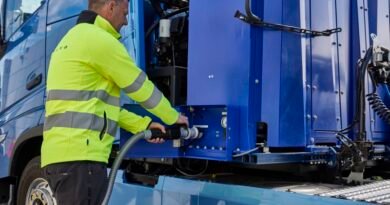Owning vs sharing: how can connectivity help both business models?
City governments worldwide are empowering cycling and emission-free transport by developing bike lanes and raising taxes on high-emitting vehicles. The micromobility industry prospers, discussed four professionals at the webinar hosted by Comodule.
“Last year, 2020, e-bike sales grew 43% in Germany, at the same time, shared scooters and e-bike fleets remained as preferred options for public transit”, said Teet Praks, Co-Founder of Comodule.
When looking at connected shared vehicles from the traditional bike companies’ perspective, well-experienced cycling experts from bike industries could benefit from the niche and develop new business models of their own. The new D2C business models have a more clear product vision, there’s a lot of potential for the classical bike industry to be inspired and prosper, by implementing those ideas in its strategies, thinks Walter Melcher, a Product Manager of eMobility & Connected Bike at doubleSlash.
Sharing as an entry-level to owning
Looking back at the first e-scooter fleets, Matthias from Tier described the upgrowth of moving from generic off-the-shelf shared scooters to tailor-made vehicles. The shared mobility industry is scaling up on different dimensions, such as better hardware, a better app, and a better UX, but is not trying to overshadow the owning mobility business.
Business model in 10 years
It’s difficult to choose either/or because the demand for both business models depends on the different use cases. Sharing services being more beneficial in cities, but leasing and owning a connected e-vehicle is more practical in the countryside or small villages.




